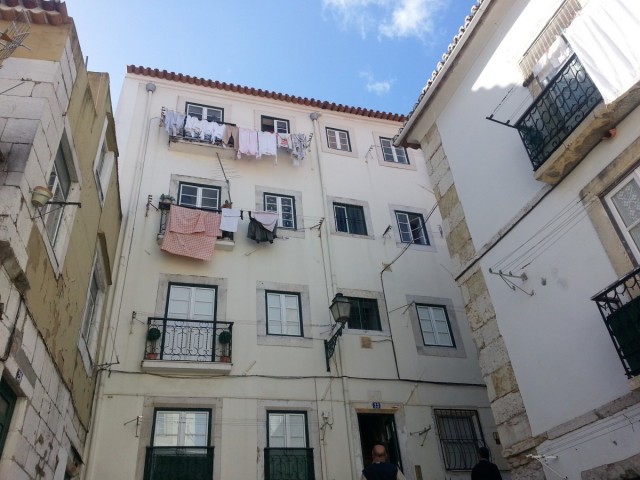
Lisbon has at least 44,000 derelict properties, 10,000 of which are in the city centre. It’s not only in the capital that there are properties in need of some TLC, though. There are about a million buildings, scattered throughout the country, in need of renovation.
"Public investment alone is not enough to generate the volume of financing needed to meet these needs," says Dina Ferreira, spokesperson of the executive committee of the Financial Instrument for Urban Rehabilitation and Revitalization (Instrumento Financeiro para a Reabilitação e Revitalização or IFRRU 2020).
During the debate of the Reabilitar para Revitalizar IFRRU 2020 series, organised by Santander Totta in association with the Global Media Group, the head of the group spoke of the merits of the IFRRU, highlighting the fact that "it has managed to take 14 times more advantage of the initial 100 million euro-allocation of Portugal 2020," combining public and private investment.
Since the opening of the applications for the IFRRU 2020 renovation project on 30th October 2017, 43 requests for funding have already been received for a total investment of 128 million euro. One of the reasons for this, according to Dina Ferreira, is the fact that it isn’t compulsory to set up a company to be able to apply. The IFRRU’s financing has 1.4 billion euro with which to support urban regeneration projects in properties of 30 years of age or more, which was not the case in previous projects.
"The 1.4 million euro won’t be a lot for all investment requests," added António Fontes, director of construction development at Santander. The manager also revealed that more than half of the investment requests for Lisbon, around 52%, come from tourism, a sector that has given a social and economic boost to many areas of Lisbon.






